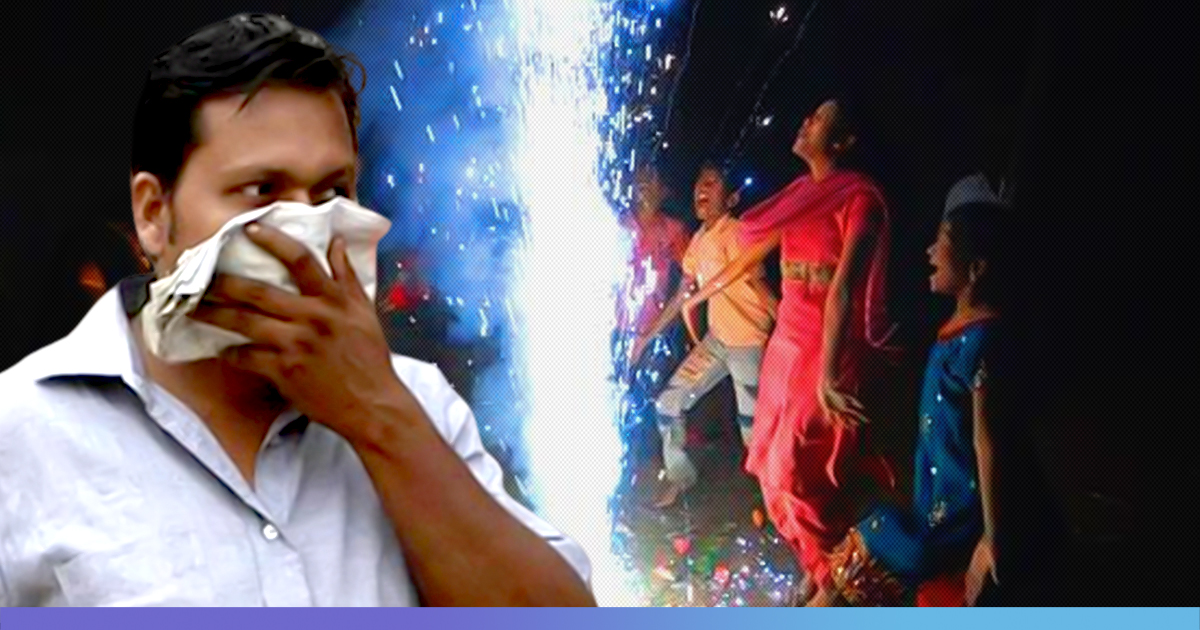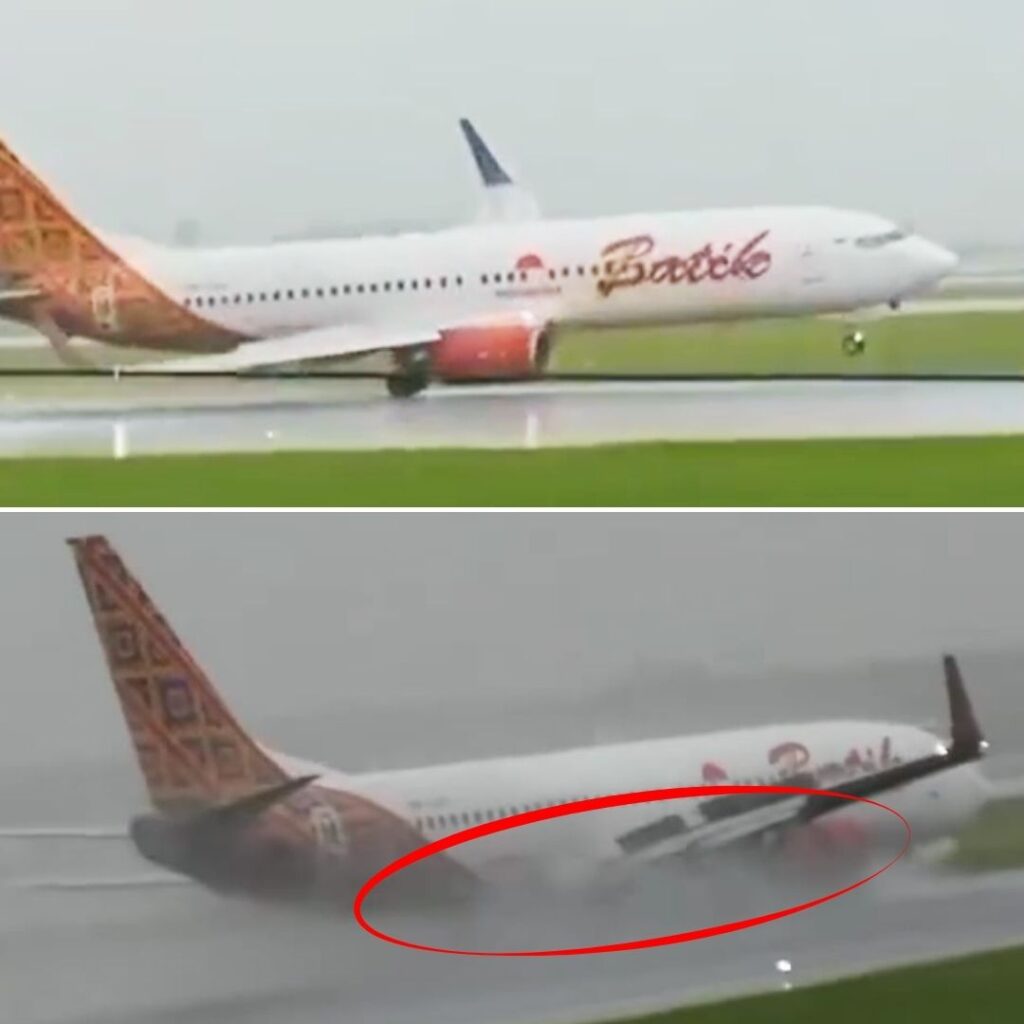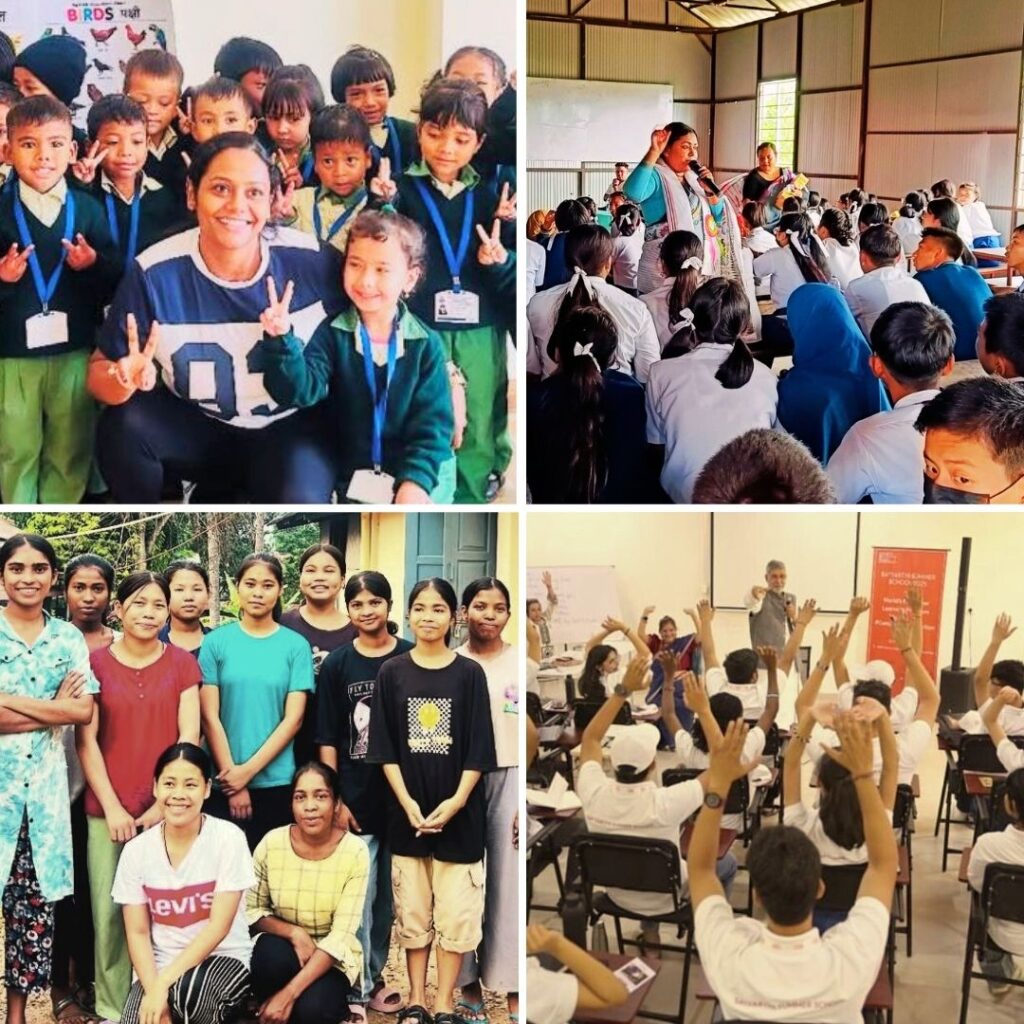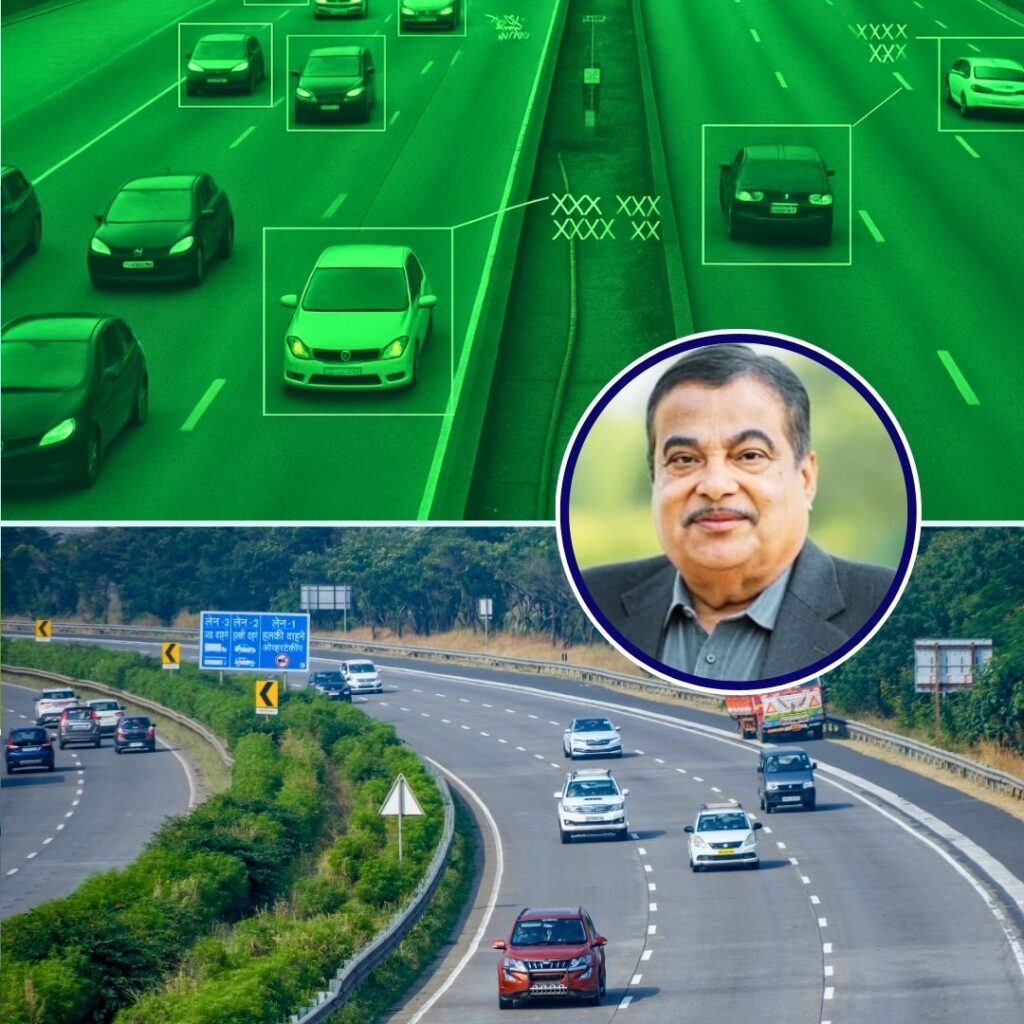The festival of lights- Diwali was celebrated all across the country on October 27. Generally, the night and the next morning of major cities are covered by smog due to bursting of crackers.
The air quality index of cities plummeted to “poor” to “very poor” and in some areas and it went beyond “severe”, leaving the citizens gasping for fresh air. Multiple health issues are being reported post-Diwali caused due to inhaling of poor air.
This year, the reports of air quality are showing a positive sign. Some cities showed a major improvement compared to last year, while some continue to struggle due to neighbouring states and for its own citizens bursting crackers despite warnings.
AQI between 0-50 is considered “good”, 51-100 “satisfactory”, 101-200 “moderate”, 201-300 “poor”, 301-400 “very poor”, and 401-500 “severe”. Above 500 is “severe-plus emergency” category — a level Delhi hit this Diwali too.
Delhi
The national capital, which is infamous for its poor air quality throughout the year and is also among the top ten most polluted cities in the world remained in the “severe” category.
According to the Ministry of Earth Sciences’ air quality monitor – System of Air Quality and Weather Forecasting And Research (SAFAR), Delhi’s overall air quality index (AQI) stood at 463 at 11.30 am on Monday(today). At some places, the PM 2.5 level reached as high as 735 at Delhi University.
Despite the Supreme Court’s rule to limit the bursting of crackers to two hours, people continued to burst, as residents filed multiple complaints to police from various pockets of the city. Ear deafening booms, toxic smoke and ash from these crackers filled the air of the national capital.
The AQI in the satellite towns of Faridabad, Ghaziabad, Greater Noida and Noida was 320, 382, 312 and 344, respectively, at 11 pm.
However, according to the Central Pollution Control Board (CPCB) data, Delhi’s overall AQI stood at 348 at 11.30 am Monday. Last year, the worst AQI recorded in the capital was 642. In 2017, the AQI was 367.
Mumbai
The financial capital of India – Mumbai witnessed the cleanest Diwali in five years since real-time quality monitoring began in the city. The AQI for PM 2.5 (fine particulate matter that can enter deep into the lungs and cause health ailments) was 46 (satisfactory) at 1:30 pm whereas, PM10 (tiny particulate matter of diameter 10 or less than 10 microns that can enter deep into the lungs) was 87 (satisfactory).
Gufran Beig, project director, SAFAR, said that Cyclone Kyarr has managed to keep air pollution levels to its lowest for the west coast. He said air quality in Pune and Mumbai were the cleanest.
An AQI of 70 (satisfactory) for Tuesday, and 76 (satisfactory) for Wednesday have been predicted. Last year, Mumbai recorded an AQI of 221 (poor) on Diwali (November 7, 2018), and 305 (very poor) AQI, a day after Diwali.
Kolkata
The residents of Kolkata had some respite as the AQI in the city stood below 200 and was recorded in the “moderate” category. The AQI was at 182 at Ballygunge, 111 in Bidhan Nagar at 11 pm last night.
Also Read: In A First, Delhi NCR To Celebrate ‘Green Diwali’, New Firecrackers To Reduce Air Pollution By 30-35%











